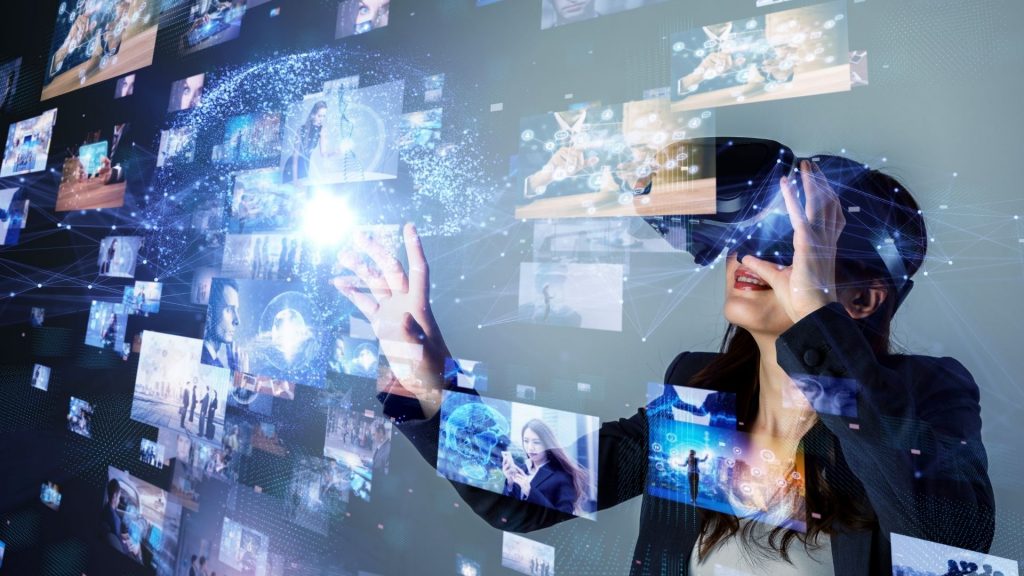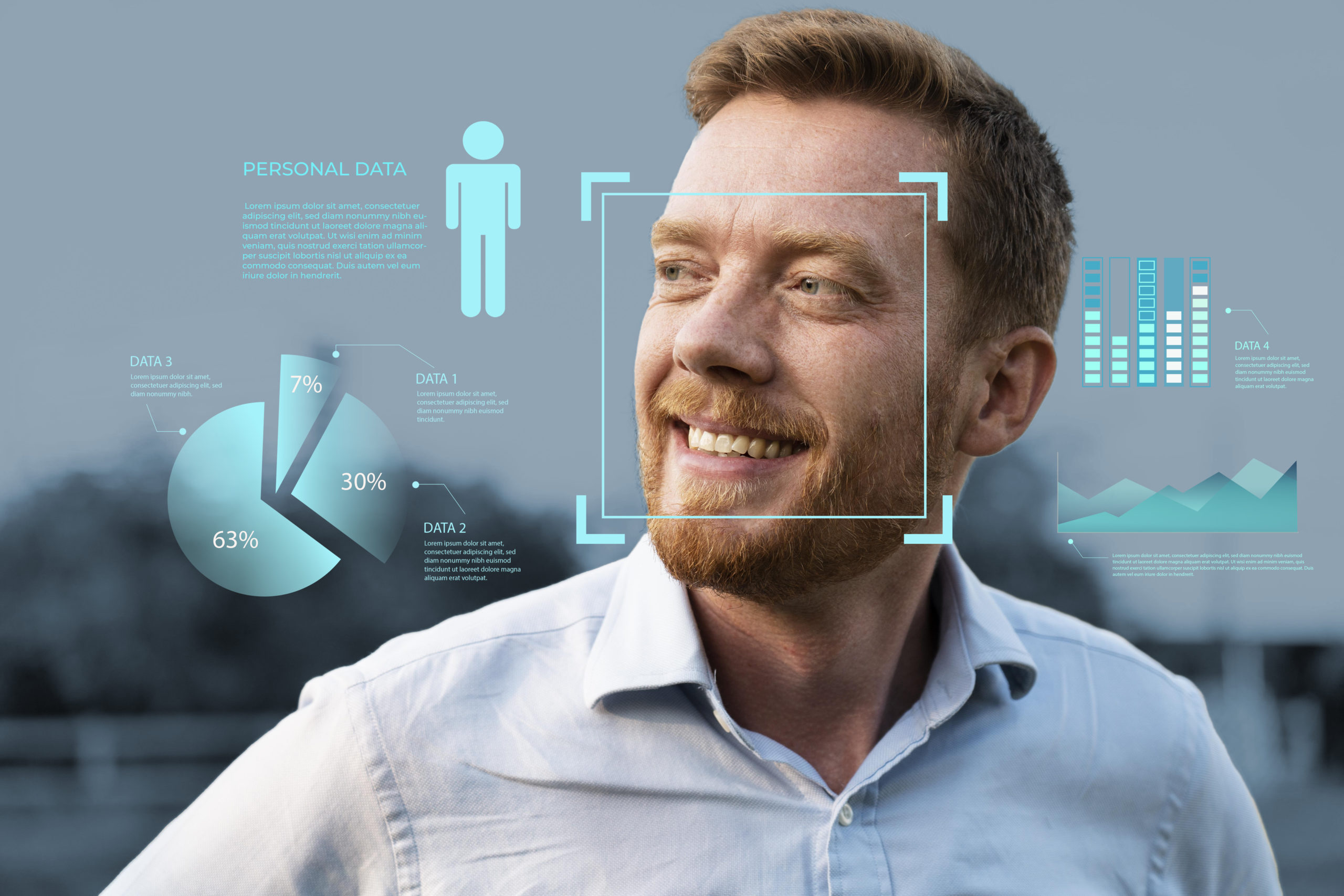The Metaverse of Advertising: how VR is changing the business model
Virtual reality (VR) is changing the advertising business model, allowing brands to interact with consumers in a virtual environment.
According to a PwC study, global spending on VR advertising will increase by a factor of 22 times between 2016 and 2020, from US$ $2.8 trillion to US$ $62.5 trillion.
The reason for this explosive growth is that VR offers an immersive and personalized experience to consumers, allowing them to interact with brands in a much more direct way. For example, a VR campaign can transport consumers to a virtual store where they can try out the brand's products, or to a party where they can socialize with other consumers.
In addition, virtual reality is allowing brands to create original content that does not exist in the real world. For example, Coca-Cola launched a VR campaign in which consumers can visit the recording studio of the band U2. Another VR campaign, this time from Ford, transports consumers to a Formula 1 race.
In short, virtual reality is changing the advertising business model, offering brands a way to interact with consumers in a much more personal and immersive way.




